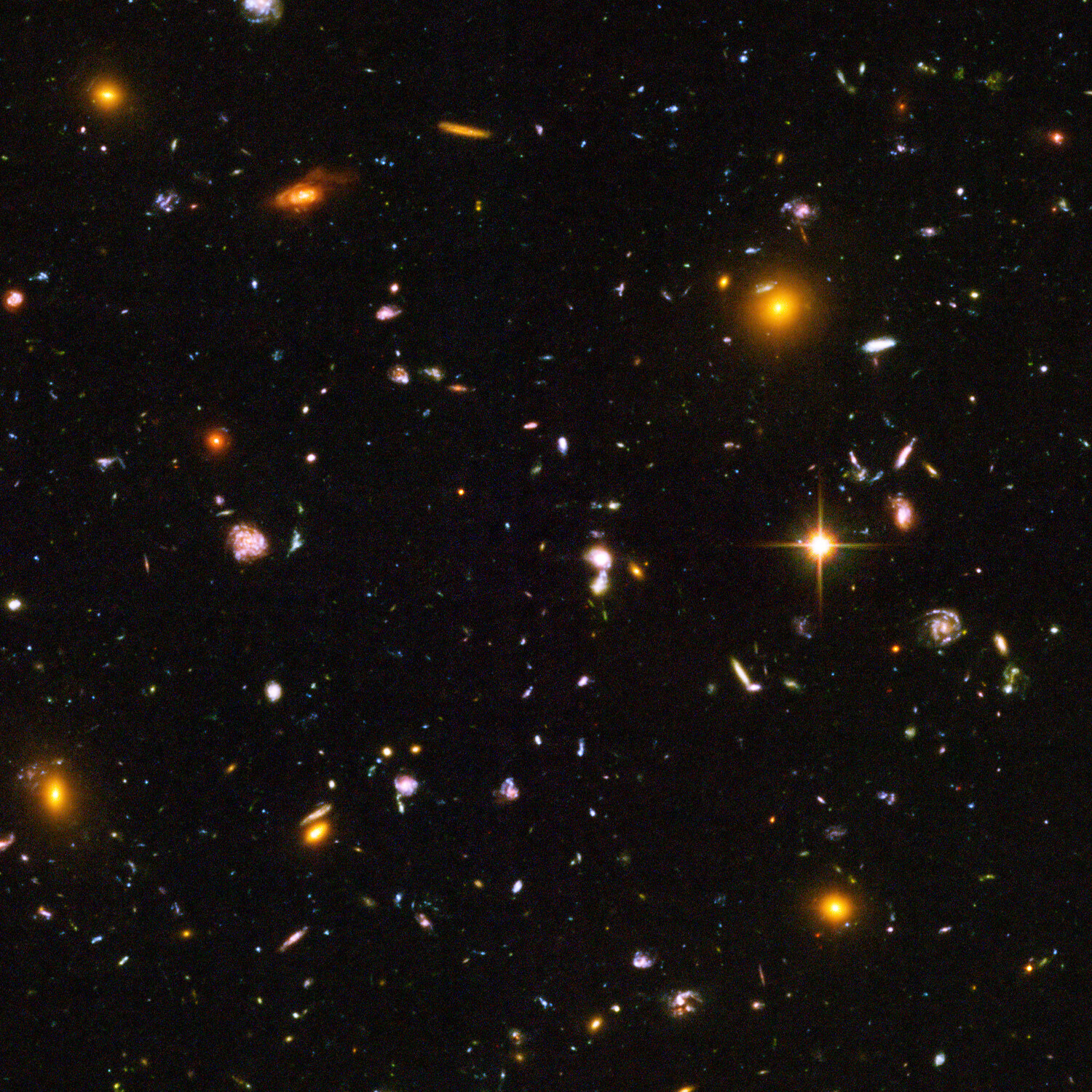Our work plan is designed to simulate the data, model and optimize the observing program, model systematic errors and develop methods to mitigate them, and measure compressed statistics including the 2-point correlation function and power spectrum, as well as higher-order statistics uniquely enabled by Roman GRS’s high galaxy number density. Our deliverables include simulated and value-added galaxy catalogs, covariance matrices, and a set of ready-to-apply models calculated using different cutting-edge approaches. Our infrastructure work will enable robust measurements of Baryon Acoustic Oscillations (BAO) and Redshift Space Distortions (RSD), meeting the Roman science objectives for the GRS. Our modular approach allows the community to complement and extend this work in further science directions.

